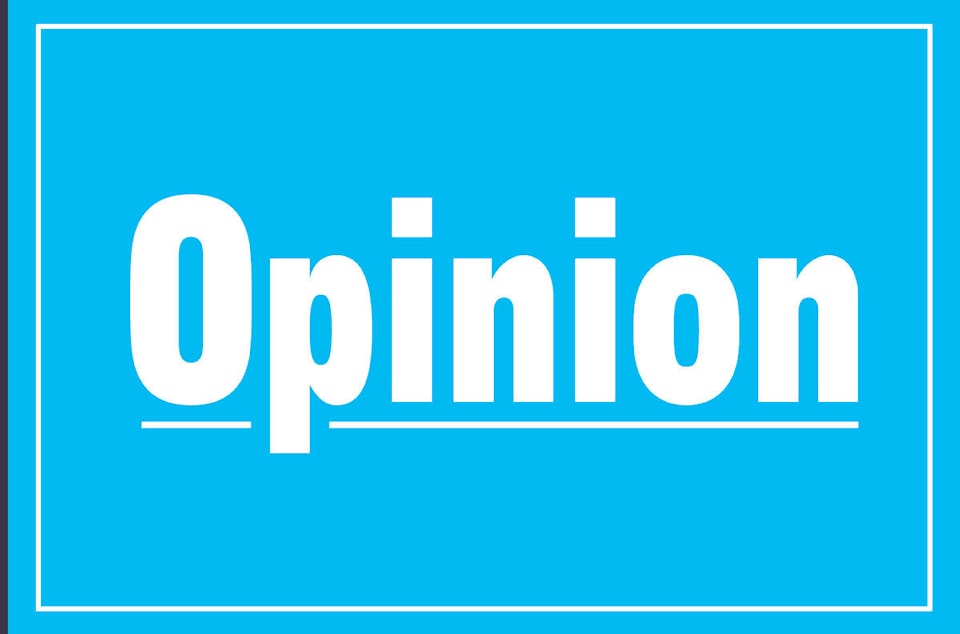The federal government swooped in yet again with a dramatic plan last Friday, this time to cover off 75 per cent of the monthly rent for small businesses.
There was no precise price tag, no specific rules to make sure companies would pay back the money, no guard against companies tapping into it if they didn’t really need it.
But it was greeted with relief anyway.
This is all par for the course in the pandemic economy, but it would have deeply shocked us just two months ago, before COVID-19 management gripped our economy and we collectively decided to put health and well-being above — far above — economic growth and fiscal discipline.
Here are five previously unthinkable things that have happened to the Canadian economy since last month, and what they tell us about the future.
Big bucks from Ottawa
The federal government has allocated new spending and lending of well over $280 billion to be rolled out in the space of a few months, targeting everything from food banks to huge income support programs and lending facilities for business.
For comparison’s sake, last year’s budget earmarked $4.2 billion in new spending this year.
The near-term benefits, of course, are staving off bankruptcy, widespread poverty and panic. We can’t afford not to do this.
There are long-term consequences, however. All that debt will need to be serviced and, eventually, all that spending will need to be paid back.
Interest rates are low, so servicing that much debt is a relative bargain right now — about $1.2 billion a year, according to Bank of Montreal estimates. But Canada’s long-standing triple-A credit rating is now in question. Meanwhile, we have not had a federal budget yet this year.
More big bucks
from the Bank of Canada
Normally, the central bank cuts its key interest rate in times of trouble to make borrowing cheaper and get the economy going.
It did that early on in this crisis, and the bank rate is now just 0.25 per cent. But we’ve almost forgotten about that now because of the near-daily fireworks that come from the bank’s multi-billion-dollar interventions in money markets.
The long-term costs? Traditionally, the concern is rampant inflation when central banks spray money. Right now though, inflationary pressure is non-existent and there’s actually some concern about deflation in the near future (see oil prices, below). But over the longer term, the central bank will need to make sure it reins in its balance sheet with resolve.
Wage subsidies
Ottawa is paying a giant chunk of private-sector payrolls. The federal government’s single biggest income support has been to carry 75 per cent of a company’s wages each month that the company loses 30 per cent of its revenues or more.
The bill is an eye-popping $73 billion, and that’s just a start. If the crisis lasts past June — and that increasingly looks likely — the demands for further wage supports will rise.
In the near term, it means companies can stay afloat and keep people on the payroll, then quickly get back to business when the confinement ends.
Over the longer term, it will be hard for Ottawa to know when and how to turn off the taps.
The price of oil
The global market for oil and gas was already under pressure when the crisis hit. Then came the realization that no one wanted oil anyway with the global economy going into a deep recession.
But when oil prices fell into negative territory last week, and producers couldn’t even give it away, the damage to the oil sector — the economic backbone of Alberta, Saskatchewan and Newfoundland and Labrador — was laid bare.
Oilsands are hard to shut down and restart in quick response to global prices, so Alberta’s pain is sharp and will be long-lasting, pointing to a deep and protracted drag on that province’s economy, which has so often led Canada’s growth.
Shift to war footing
Who would have predicted that it would be an act of valour to convert a gin distillery to produce hand sanitizer? Or that the General Motors plant in Oshawa, Ont., would boast about making face masks?
The desperate need for personal protective equipment has led to shortages and brutal competition around the world.
The near-term benefits for the health-care system are significant. But production of personal protective equipment is no replacement for regular manufacturing. Eventually, federal authorities will be looking for a more permanent source of pandemic stockpiles.
In the early days of the pandemic, there was quick consensus that the economy should be shut down to prevent the spread of the virus, but few foresaw a lockdown that is now more than six weeks long, with many more to come.
Few could predict that the cost would be so enormous.
But the most surprising part? The consensus that it’s all still worth it is holding strong.
Heather Scoffield is a columnist with Torstar Syndication Services.
